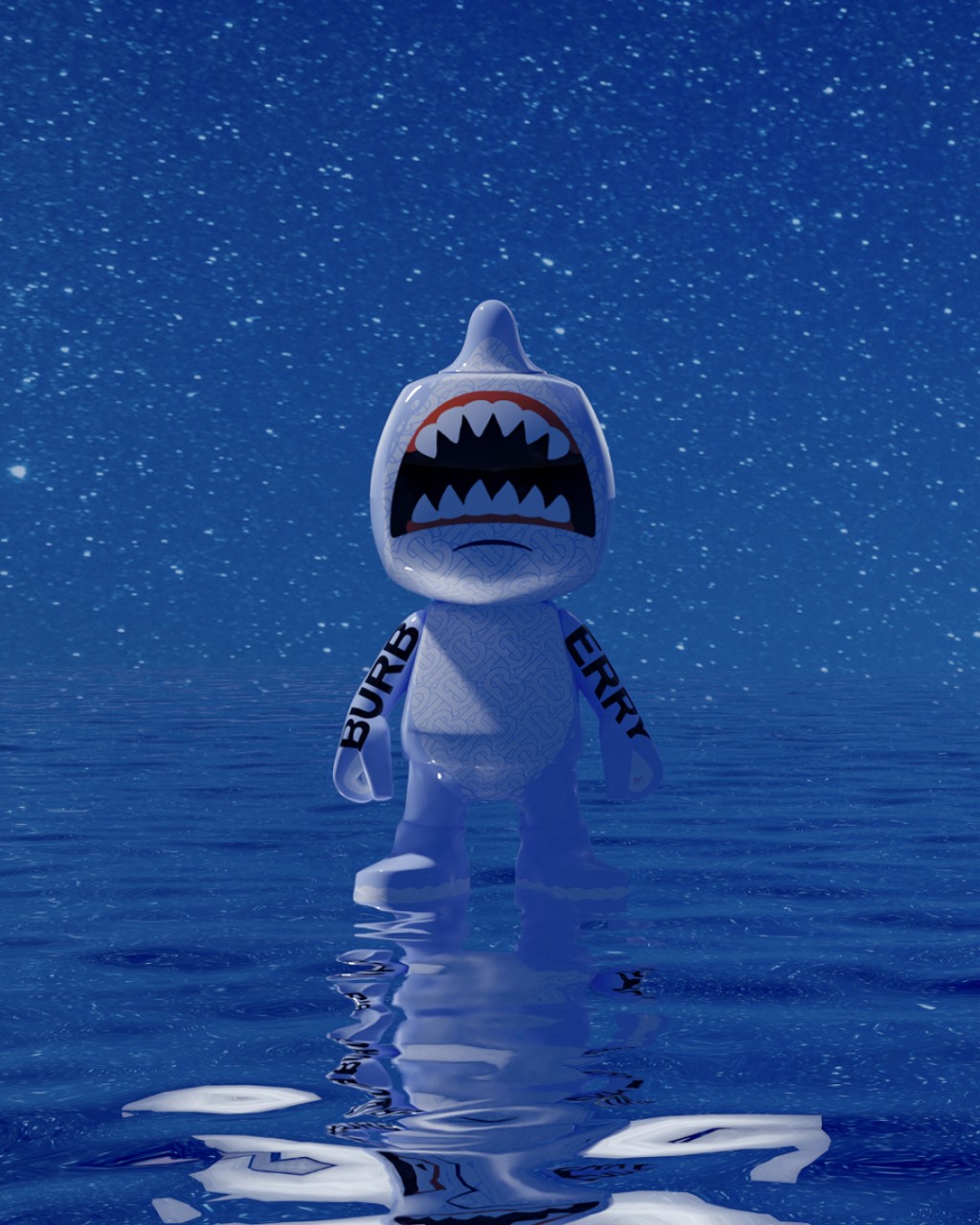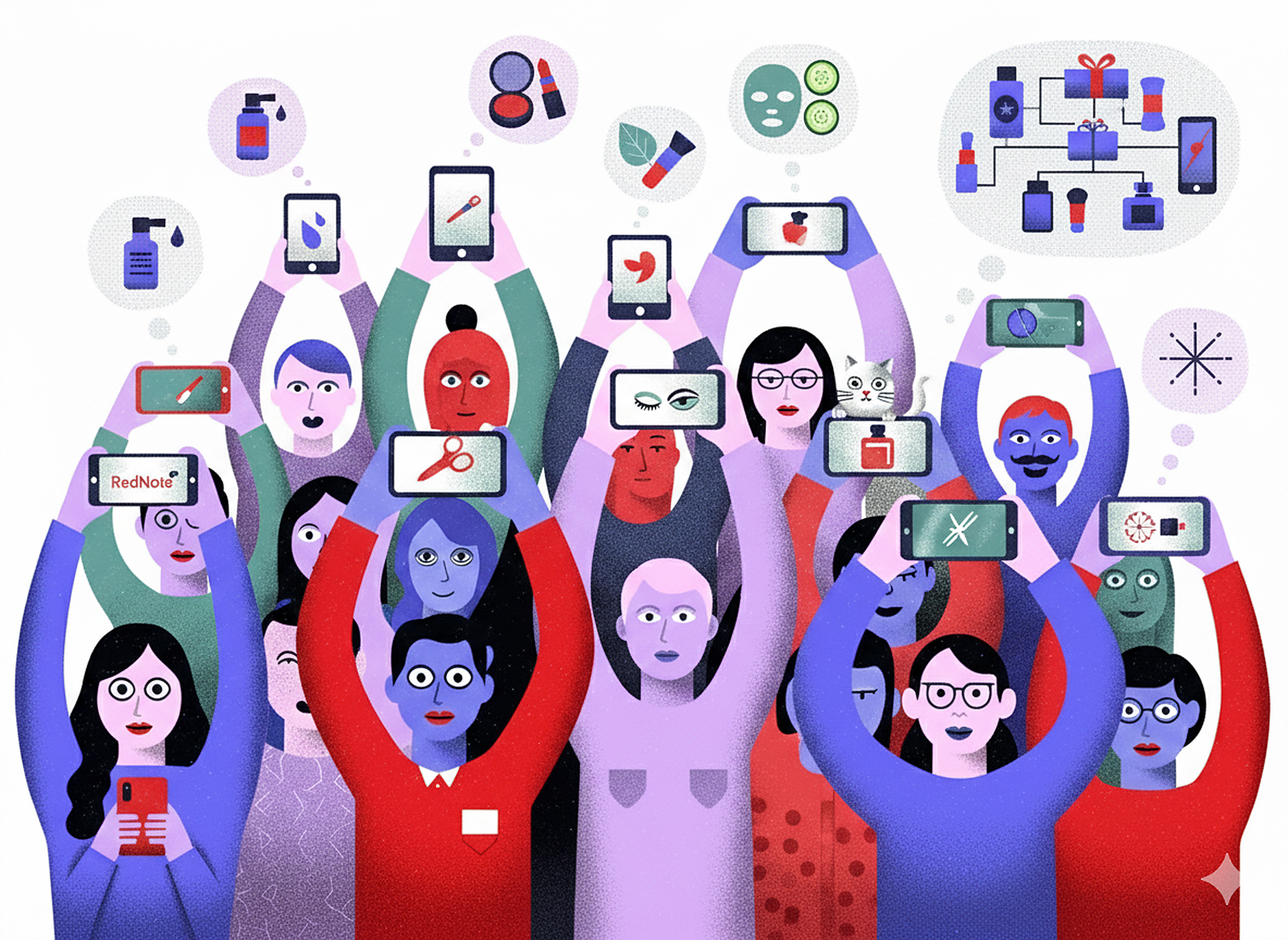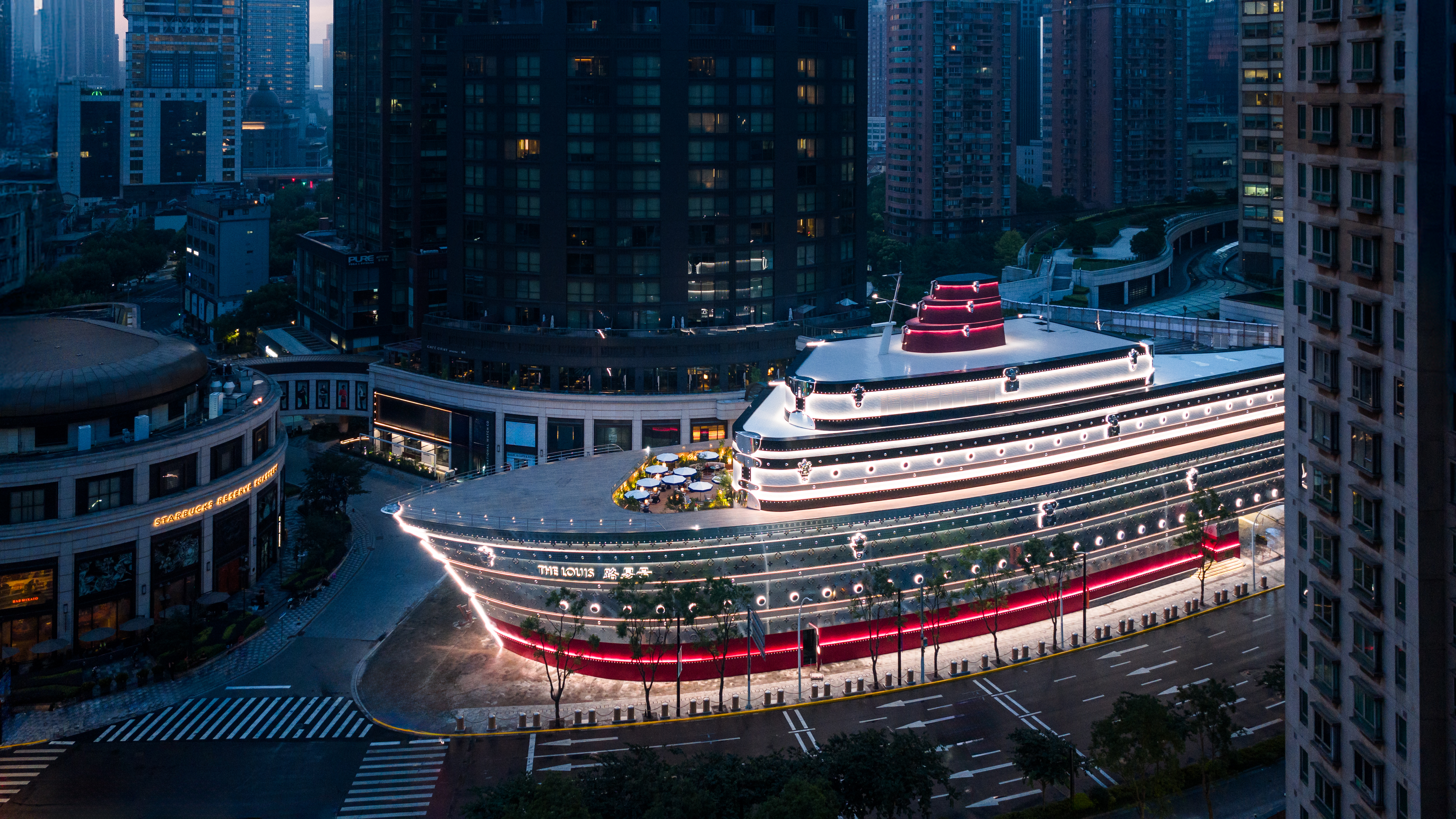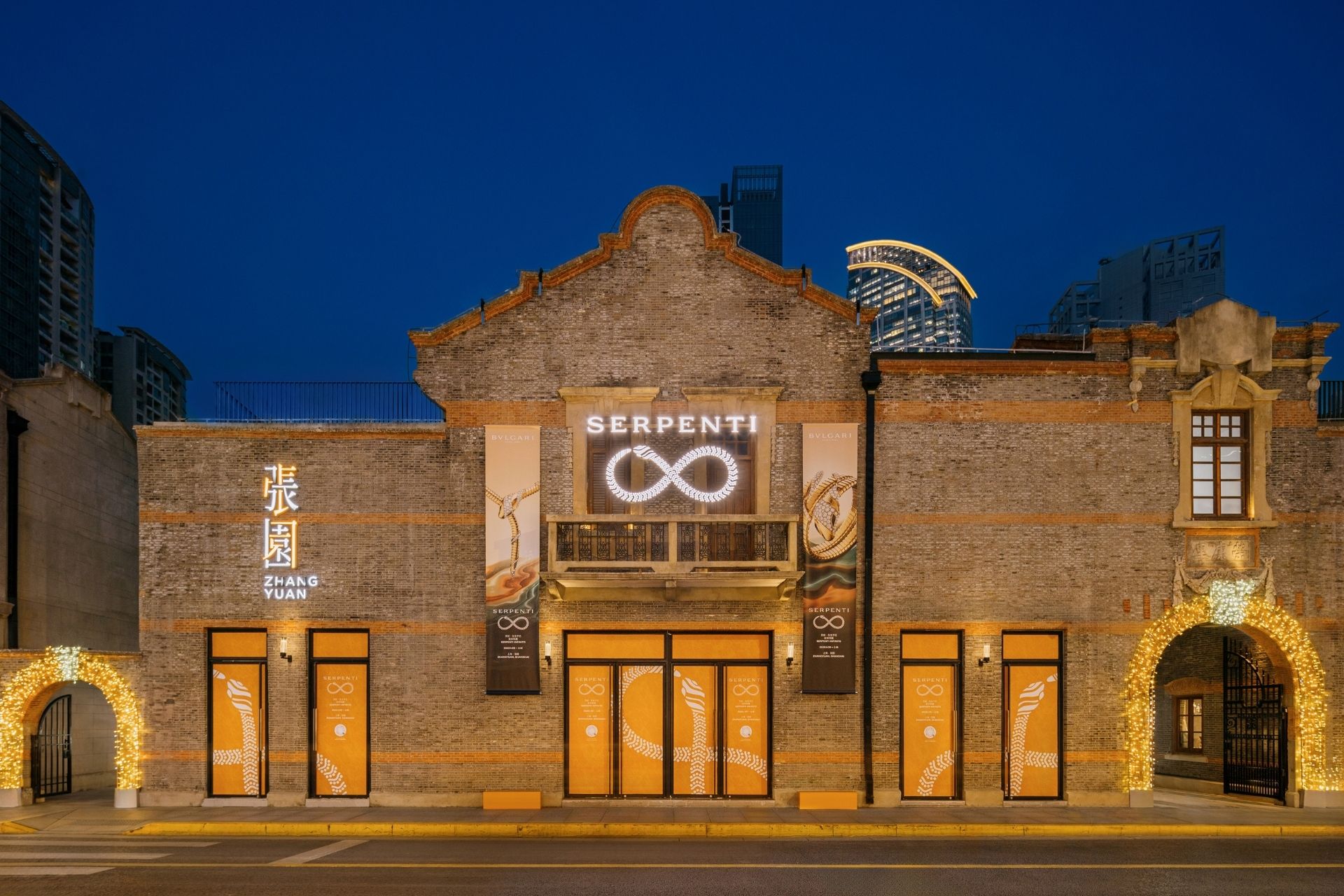Now that fashion and luxury have experienced the perks of digital sales and communication, will they be capable of resisting the call of the sirens of the metaverse? And will it deeply explore and exploit it or just be considered as a new hype of the moment? Luxury Society Columnist Susanna Nicoletti discusses what the future may hold.

Now that fashion and luxury have experienced the perks of digital sales and communication, will they be capable of resisting the call of the sirens of the metaverse? And will it deeply explore and exploit it or just be considered as a new hype of the moment? Luxury Society Columnist Susanna Nicoletti discusses what the future may hold.
At this very moment, we are living in a new digital era. It’s a time when Non-Fungible Tokens have become more commonly known amongst the general public. It’s a time when online channels influence nearly 75 percent of all luxury purchases, and it’s a time when announcements from brands big and small diving into the metaverse are seemingly endless.
“You're going to able to do almost anything you can imagine,” said Meta CEO Mark Zuckerberg about the metaverse, it's “a virtual reality construct intended to supplant the internet, merge virtual life with real-life and create endless new playgrounds for everyone” — as he defined it.
Little surprise then, that the digital world has become the new stomping ground for brands to experiment with. There is nothing more exciting to an industry willing to shape every single creative detail that follows a specific aesthetic vision than to be fully immersed into a wonderland of a virtual project, where democratic luxury can develop and expand and there are no limits posed by the rarity of raw materials and human savoir-faire.
Imagine the excitement of chief executive and chief financial officers willing to create new landscapes with the highest margins, the joy of creative directors finally being able to win over the constraints of craftsmanship, and the unlimited engagement customers could deep dive into, particularly as the pressure builds on brands and groups to show higher business performances every quarter.
The virtual world gives the illusion that every single detail of an event can be controlled and manipulated following the objectives of the brand, and that everything can be designed precisely as planned and expected: what a better world than this for perfection-obsessed creative people or control-freak CEOs of the fashion and luxury worlds?
And where better a world for a brand than one where the CFO of a company can finally match every single activity that is executed with the expectations of the highest Return On Investment? Or where presentations to investors involve Google glasses and being projected into a luxury safari rich in events, products, and glossy avatars?

The opportunities of creating 3D worlds merged with artificial intelligence, its algorithms, and social media penetration, might very well end up giving birth to a phenomenal tool that could not only allow for the creation of the most advanced environment for video games but also a virtual, parallel life, much more complex than that of Second Life.
The problem is that what if this environment which is already deeply criticised for its power of manipulating people today, is exploited? Particularly one that is linked to the customer journey and in many cases, election day.
This new tech movement, defined as Web3 – referring to the third wave of internet innovation – will have an impact on how people live, on the way brands will work on their awareness and appeal, and, last but not least, on the approach to purchases, the mass will have.
Fashion and luxury brands will be able to develop a brand image from scratch, full of details and features, brand new virtual products that are not crafted by blue collars workers on an assembly line but by a new generation of workers skilled in graphics. New factories will host new blue collars who, like the Dante Divina Commedia damned, will be focused on developing virtual collections non-stop.
What impact will this revolution will have on the organisational chart? Which changes in the job profiles will it cause? Will craftsmanship be transformed into “graphmanship”? Will the try-on mode in 3D become the standard rule and overcome the reality of a show off of accessories in real life?
And will this new digital revolution will reduce the traditional values intrinsic to the luxury product: the handmade, the quality of the raw materials, the smell, the tactile feeling and will it project the world into a sanitised, sterilised cave where every item is average considering that it is repeatable even if originally created in limited, numerated editions.
Let’s take the famous, phenomenal case of the Beeple’s collage named Everydays: The first 5000 days. A successful auction at Christie’s led to a sale of $69 million for an almost unknown artist and who is now projected among the top three most valuable living artists. Remarkable considering it was created with a technology that undoubtedly will be obsolete in 20 years.
Meanwhile, Gustav Klimt’s portrait of Adele Bloch-Bauer I was sold at $135 million and is a masterpiece that can still be admired by people after more than a century. If one can appreciate the brush strokes and the treatment of colours with such detail today, what will happen in 100 years of these NFT or virtual products sold in a moment of hype?
Will a virtual Hermès Birkin bag be appealing after so many years exactly like its real, physical version? Or a Bulgari jewel? What about the preciousness of a Patek Philippe complication? Considering that the rendering software is still in its early stages, will the products such as the $13 Gucci sneaker succeed in attracting real, long-lasting value for the brand both in terms of equity and revenues or will it risk creating a saturation effect in an already fully crowded, and often repetitive, market?
Now that the fashion and luxury industry has experienced the perks of digital sales and communication, will it be capable of resisting the call of the sirens of the metaverse? Will it deeply explore and exploit it or will it just be considered as a new hype of the moment?
So far, the success of the fashion and luxury industry has been possible thanks to the alchemy created by the engagement of the five senses, by the overwhelming experience of trying a pair of shoes, of touching the supple leather of a bag, seeing the tone of colour first hand and the sound made by the heels on the floor, the smell of the rare materials, the swish of the thin paper when the box of the packaging is open.
Will the experience be the same in the parallel world of the metaverse? Buying fashion and luxury items in a 3D virtual world that only tries to reproduce the beautiful, physical environment we are living in will be so exciting?
There are three key points that will decide if this phenomenon will have a chance to become the place to be in the next 10 years:
The Power of Real Life
If anything, efforts to obsess over the virtual world only highlight how beautiful is to live in the physical environment. This was shown in detail in Prada’s SS22 Men’s Digital movie which replaced its June 2020 show. The relief of “getting out of the building” (as Silicon Valley guru Steve Blank always stressed) and walking on the beach and by the sea was sort of a powerful liberation. Any kind of digital obsession rapidly becomes exhausting, time-consuming and energy-sucking.
The experience of the past two years has demonstrated that one working day in front of a screen is much more draining than in person. And the idea to enjoy nature, a walk in the centre of an artistic city, the multitude of inputs received in a real-life experience is pretty likely still preferred compared to virtual reality.
The observation of the Venere di Botticelli painting at the Uffizi Gallery in Florence can hardly be replaced by a digital tool like an NFT. Despite the fact that the new generations are digital natives, we shouldn’t also take for granted that they will be willing to live in an enclosed virtual compound for the whole of their experiences.
The Commitment of Brands to Craftsmanship
Will the brands be likely to replace the amazing artisans handmaking unique products with blue collars dedicated to a 3D products, assembly line in a sort of a dystopian factory? Will human beings decide to give up on their key, vital skills, to be confined in a digital ivory tower?
Will the brands leave this amazing real-life world to become features of an Orwellian universe? Will the groups so much dedicated to sustainability turn into luxury gaming houses willing to push the addiction of users to their products, to limitless, cashless, contact-free environments that will standardise the offer forever?
The Obsolescence of Technology
The evolution of technology is so rapid that a digital product sold today will be impossible to be visualised in a few years. Do you remember the VHS or the floppy disc?
Fashion and luxury brands will be challenged to express precisely the concept of value related to their products: why does a real Gucci bag costs €1,500 and a pair of digital Gucci sneakers only €13? What are the customers paying for? The brand? How is it that a brand sells the same category items at hugely different prices?
Is the metaverse going to be an insta-world where people can get lost like the opium dens so famous in the 19th century? Is this more about ephemeral entertainment than culture, knowledge, savoir-faire? What products and brands will last in a century? Hermès or Balenciaga?
Eventually, we will all have to return to the key question that has a lot to do with a sustainable approach and a philosophical one: what are we going to leave to the next generation?










